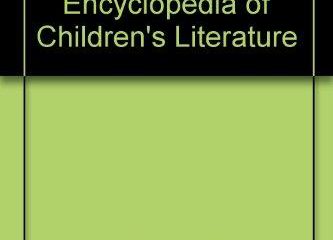Upon seeing the first images of the figures suspected for the Brussels’ blast on TV, I thought to myself if they had read poems and stories in their childhood, and had developed and deepened their acquaintance with others through various characters and worlds pictured in books, would their mind welcome such acts at all?
There was nothing strange in their face to distinguish them from others. Each day at the airport, one can see many of their likes who do not harm the fly. The Brussels’ bombings, and before that, the terrorist attacks in Paris, and further back, the very presence of some European citizens in IS has caused this organization be watched more closely and has provided more information about that.
One of the most terrible and worrying truths about IS is the recognition that children and adolescents are also lined up in it. The reports on some European citizens’ joining the organization signifies that high schoolers have been among its targets. Such reports can mean more than presenting these children doing some violent actions or helping in beheadings. Although those images remind one of fictional-devilish movies, unfortunately, they are real and raise the question that why IS is appealing to these children and adolescents? Or why IS can exploit them as an instrument for carrying out their violent plans?
Though in recent weeks IS has started its downfall and has probably lost its appeal to the ready children and adolescents, the main idea has not changed. In different countries, there are different violent organizations with various religious faiths or political views that regard children as immediate agents. If such mentalities and their roots bypass critical investigations, other similar organizations would be likely to sacrifice children and adolescents for their instrumentalism again in future. Different research centers, journalists and analysts have released different studies and reports pointing to many causes and factors. One of such reports has referred to the performative feature of IS horrible crimes and seen it as a key source of its attraction for children and young adolescents who would enjoy some similar dramatic movies or online games.
Thanks to the released reports, we have access to the life of some IS adolescent members in form of their personal pictures or communications with their parents before joining the organization circulating in the press and virtual media. In these reports, we can see some touches of their interests in cinema, sports, music, and even fashion; but despite my searches, I have not yet found any image or effect of books. I have read no reports on any of their parents’ saying that their children used to read books before joining IS. Their having been hard-working or top students is reported, but not their having been book readers. Of course, I cannot assure what they would be like if they had read and liked literary books. There is no possibility to carry out any such research on them, but we can instead increase our study into the relation between reading books and violence. We can delve more into the matter with references to our own personal and collective experiences.
Social studies show that books have deep social influences on their readers. Studies tell of more compatibility and sympathy among book readers. Last year, I read the translation of a note on a foreign magazine that counted the reasons why book readers are the best people one should fall in love with. The note referred to some findings that those who read novels have the most capability for sympathy with others, what is apparently called “the theory of the mind”, meaning that besides one’s own beliefs and interests, one can think of other people’s beliefs, views and interests (exactly in opposition to what is called “mind-blindness”).
They have developed to enjoy other people’s ideas without rejecting them or forgetting their own ideas. In addition to such findings, we can conclude by our own experiences that books, specially, novels and stories would help young readers create another world and imagine their dreams and wishes in an organized world. They could enable them to change others’ life into their own lived experiences. Stories can empower their imaginations, as they can help their critical thinking skills. Books can enable them to see the world through other peoples’ eyes and be able to understand and agree with them, while they increase their reasoning and communication merits.
If such assumptions prove to be true we can be more assertive in saying that if young IS members had read stories when kids, probably they might have had more power against such violent drives now. We would be quite sure to say that reading books, namely, poems and novels would be one of the best ways to reduce violence and prejudices leading to violence.



